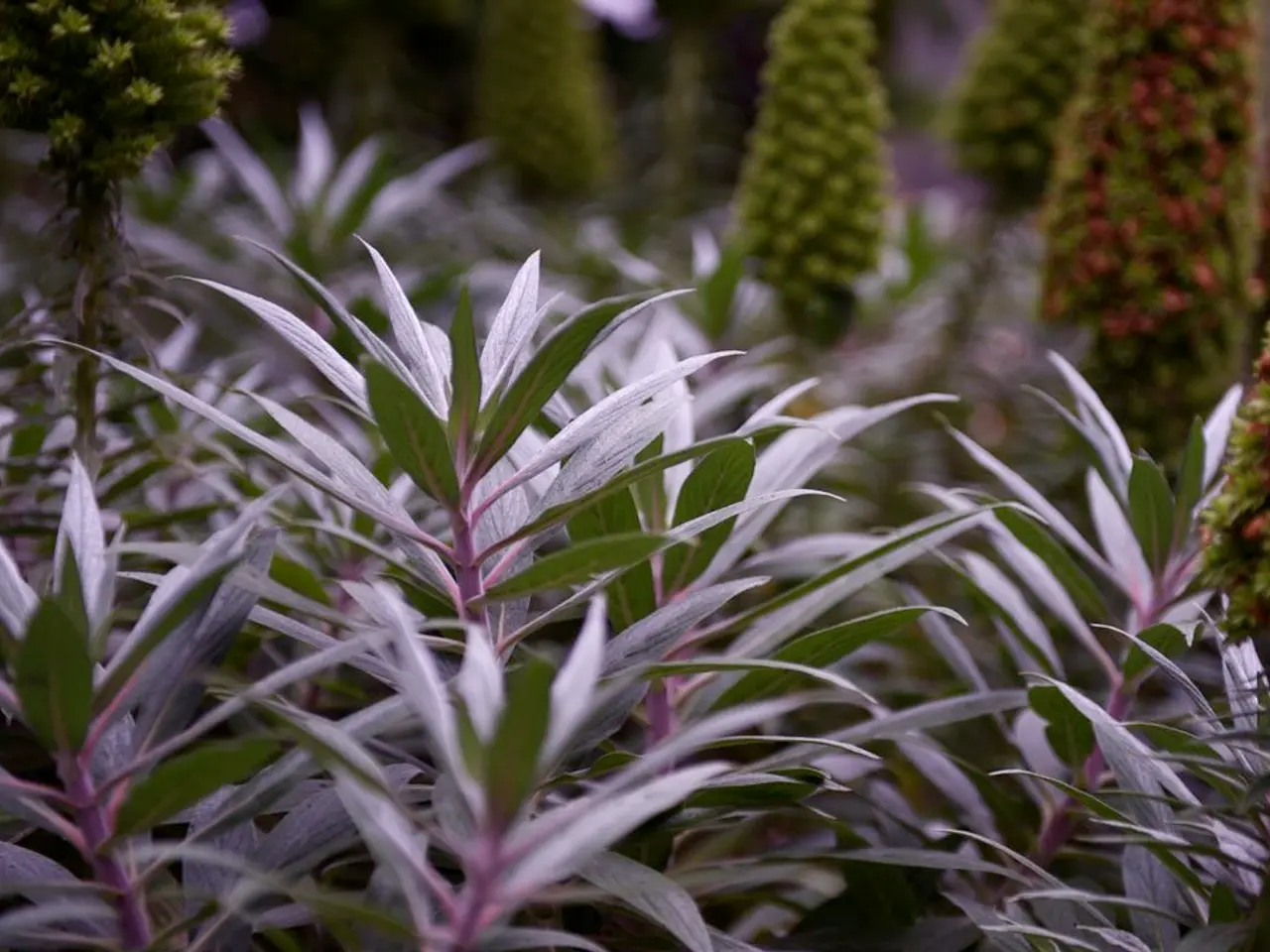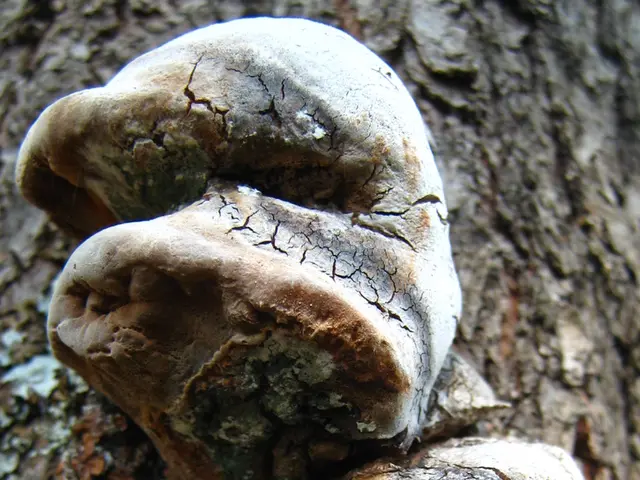Methods for Separating Clumping Perennials
Dividing Perennials: A Guide to Propagating Your Garden Favorites
Dividing plants is a common practice in gardening, enabling gardeners to propagate their plants and promote their health. This method is particularly useful for clump-forming perennials, such as asters, astilbe, astrantias, Geranium himalayense, and Sanguisorba menziesii, as well as other plants like heliumums, ranunculus aconitifolius, primroses, and hostas.
The process begins by choosing the right time to divide. Spring is the best time for most plants, but some can also be divided in the fall. To divide perennials, you'll need a garden fork, trug or bucket, and congested perennial plants.
Step 1: Initiate the process by digging up the whole clump using a garden fork. After digging, shake off any surplus soil. To maximize the number of plants from a clump, separate each chunk ensuring each has one new shoot at the top. Wash soil from the clump to reveal the roots and embryonic shoots.
Step 2: Gently separate the root ball into smaller sections with a sharp knife or garden fork, ensuring each division has sufficient roots and shoots.
Step 3: Keep the newly divided plants watered and fed, growing them to a larger size before planting out into their final positions in autumn. You can pot the chunks individually or plant them out in rows on spare ground.
Herbaceous perennials and bulbs can be divided to increase their vigor or create new plants for free. For example, spring bulbs like tulips and daffodils can be lifted and prised apart as their foliage dies down.
Primroses can be propagated by division of established clumps, usually in early spring or right after flowering. Hostas, on the other hand, can be divided in early spring or fall by digging up the entire clump and cutting or pulling apart the roots so each new section has multiple shoots and roots.
It's important to note that softwood or semi-hardwood cuttings and layering are not commonly used for these specific perennials, but are more suitable for shrubs like hydrangeas or salvia.
By following these steps, you can maintain the vigor and promote healthy propagation of your perennials, resulting in stronger plants and more plants for your garden. Happy gardening!
[References] [1] RHS (2021) Propagating Perennials: A Guide. Available at: https://www.rhs.org.uk/advice/profile?pid=337 [2] Gardening Know How (2021) How to Divide Perennials. Available at: https://www.gardeningknowhow.com/garden-how-to/propagate/perennials/divide-perennials.htm [3] Thompson and Morgan (2021) How to Divide Perennials. Available at: https://www.thompson-morgan.com/advice/how-to-divide-perennials/
During the process of propagating your garden favorites, you might find dividing perennials beneficial. This practice can be applied to home-and-garden lifestyle, specifically when gardening, as it helps in increasing the number of desirable plants like asters, astilbe, or hostas.
After successfully dividing your clump-forming perennials, you can nurture the newly divided plants to grow bigger before transplanting them into your home-and-garden, adding a fresh touch to your lifestyle and home-and-garden décor.




